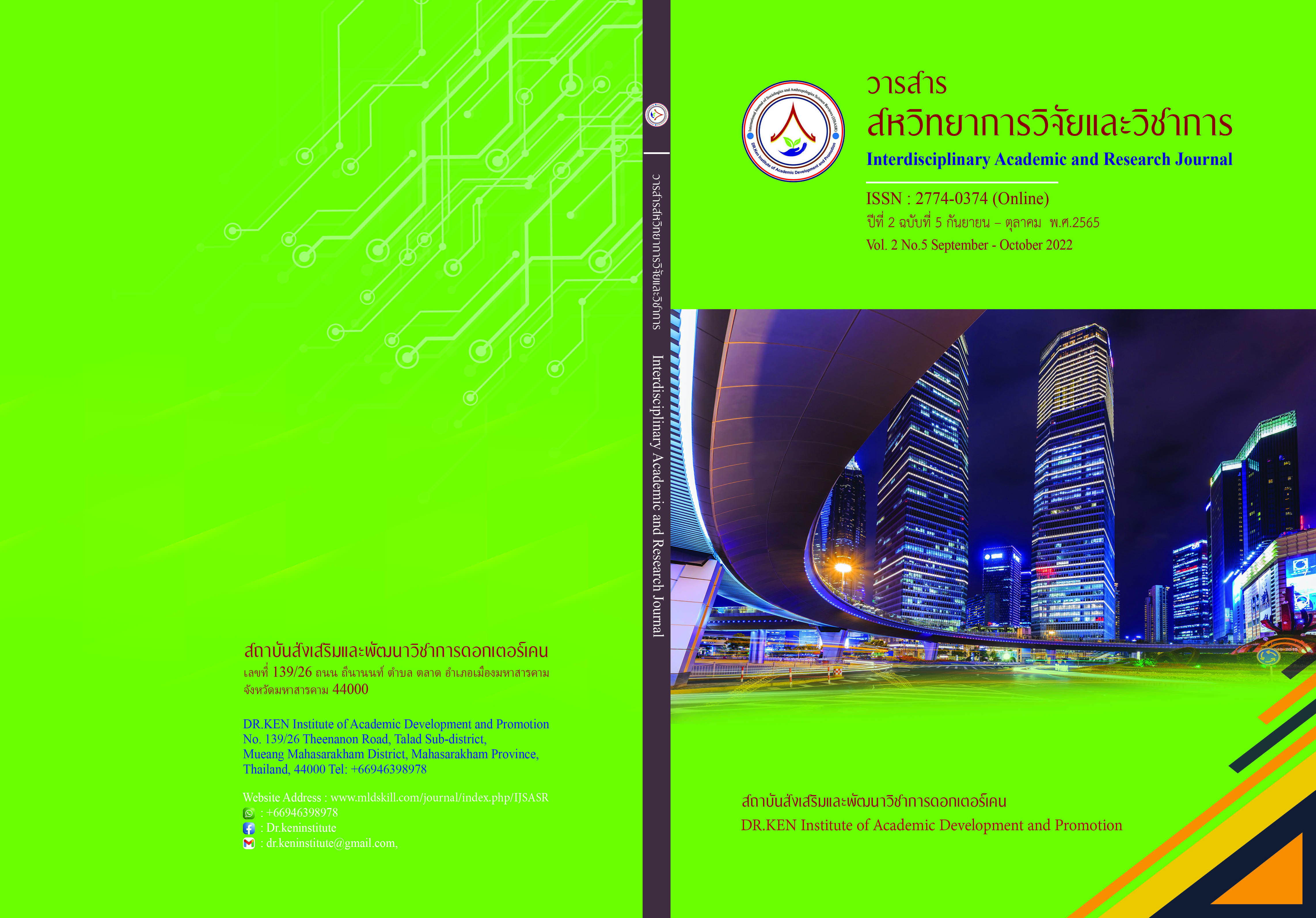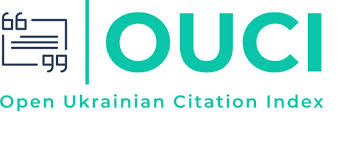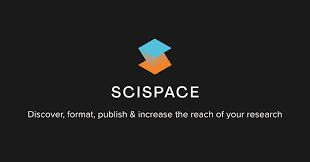Adverbial Attitude Markers in the Discussion Sections: A Cross‐disciplinary Corpus‐Based Study
DOI:
https://doi.org/10.14456/iarj.2022.129Keywords:
Adverbials; , Attitude Markers; , Corpus-based StudyAbstract
Adverbial attitude markers are among the linguistic devices authors use to indicate their attitude to propositions. The purposes of the quantitative corpus-based study are to explore the syntactic features of adverbial attitude markers, and to compare the use of the attitude markers in the discussion section of 100 RAs collected from 20 international academic journals; 5 articles from each journal which were published in 2014 in the two different fields of language & linguistics and biochemistry. For the identification of adverbial attitude markers, a corpus tool called TagAnt was employed. Data were analyzed using descriptive statistics. The results show that authors from both fields used adverbial attitude markers similarly in terms of frequency and word choice, with 19 items considered as attitude markers which occurred less than once in every 1,000 words in both fields. Despite its mobility of attitude adverbs, the adverbial attitude markers in the initial position in the clause tend to be extensively more common in the discussions of RAs than others. This paper provides rhetorical knowledge for research article authors and has pedagogical implications in academic writing.
References
Adams, H. (2013). Adverbial stance marking in the introduction and conclusion sections of legal research articles. Revista de Linguistica y Lenguas Aplicadas, 8, 13-22.
Ädel, A. (2006). Metadiscourse in L1 and L2 English (Vol. 26). John Benjamins Publishing.
Ahmad, U., & Mehrjooseresht, M. (2012). Stance adverbials in engineering thesis abstracts. Procedia-Social and Behavioral Sciences, 66, 29-36.
Al-Saaidi, S. K. (2010). A Semantic Study of Stance Adverbs with Reference to the Language of Emotion in Katherine Mansfield'sshort fiction Bliss. for humanities sciences al qadisiya, 13(3).
Anthony, L. (2015). TagAnt (Version 1.2.0) [Computer Software]. Tokyo, Japan: Waseda University. [Online] Available from http://www.antlab.sci.waseda.ac.jp/
Attarn, A. (2014). Study of metadiscourse in ESP articles: A comparison of English articles written by Iranian and English native speakers. International Journal of Learning, Teaching and Educational Research, 5(1), 63-71.
Biber, D., & Finegan, E. (1988). Adverbial stance types in English. Discourse processes, 11(1), 1-34.
Blagojević, S. (2009). Expressing Attitudes in Academic research Articles Written by English and Serbian Authors. Linguistics and Literature, 7(1), 63-73.
Coll, M. U. (2009). ‘Anyway’ a formal approach to the syntax and semantics of discourse markers. Essex: University of Essex.
Crismore, A., & Farnsworth, R. (1990). Meta discourse in popular and professional science discourse. The writing scholar: Studies in academic discourse, 118, 136.
Dobakhti, L. (2013). Attitude markers in discussion sections of qualitative and quantitative research articles. Internatinal Journal of English and Education, 2(3).
Hussein, A. S. (2012). Attitudinal markers in translations of dissertation abstracts in social and natural sciences. Translation Studies, 9, 7-26.
Hyland, K. (2004). Disciplinary Discourses: Social Interactions in Academic Writing. Michigan: The University of Michigan Press.
Hyland, K. (2005). Stance and Engagement : A Model of Interaction in Academic Discourse. Discourse Studies, 7, 173-192.
Hyland, K. (2008). Persuation, interaction and the construction of knowledge: representing self and and others in research writing. International Journal of English Studies, 8(2), 1-23.
Hyland, K. (2009). Metadiscourse: Mapping Interactions in Academic Writing. Nordic Journal of English Studies, 9(2), 125-143.
Koutsantoni, D. (2004). Attitude, certainty and allusions to common knowledge in scientific research articles. Journal of English for Academic Purposes, 3(2), 163-182.
Kuhi, D., Tofigh, M., & Babaie, R. (2013). Writers’ self-representation in academic writing: The case of computer engineering research articles by English versus Iranian writers. International Journal of Research Studies in Language Learning, 2(3), 35-48.
Lopičić, V. (2014). Values across cultures and times. (V. L. Ilic, Ed.) Cambridge: Cambridge Scholars Publishing.
Martin, J. R., & White, P. R. (2003). The language of evaluation (Vol. 2). London: Palgrave Macmillan.
Quirk, R., Greenbaum, S., Leech, G., & Svartvik, J. (1985). A comprehensive English grammar. London and New York: Longman.
Sultan, A. H. (2011). A contrasive study of metadiscourse in English and Arabic Linguistics research articles. Acta Linguistica, 5(1), 28-41.
Swan, M. (2005). Practical English Usage (Vol. 688). Oxford: Oxford University Press.
Downloads
Published
How to Cite
Issue
Section
License
Copyright (c) 2022 วัชรี วงศ์ทะเนตร, พิชินี เดือนดาว ยาปัน, ศิริกาญจน์ ศรีวิศาล, กชกร นาคสุขมูล

This work is licensed under a Creative Commons Attribution-NonCommercial-NoDerivatives 4.0 International License.
Copyright on any article in the Interdisciplinary Academic and Research Journal is retained by the author(s) under the under the Creative Commons Attribution-NonCommercial-NoDerivatives 4.0 International License. Permission to use text, content, images, etc. of publication. Any user to read, download, copy, distribute, print, search, or link to the full texts of articles, crawl them for indexing, pass them as data to software, or use them for any other lawful purpose. But do not use it for commercial use or with the intent to benefit any business.
















.png)


